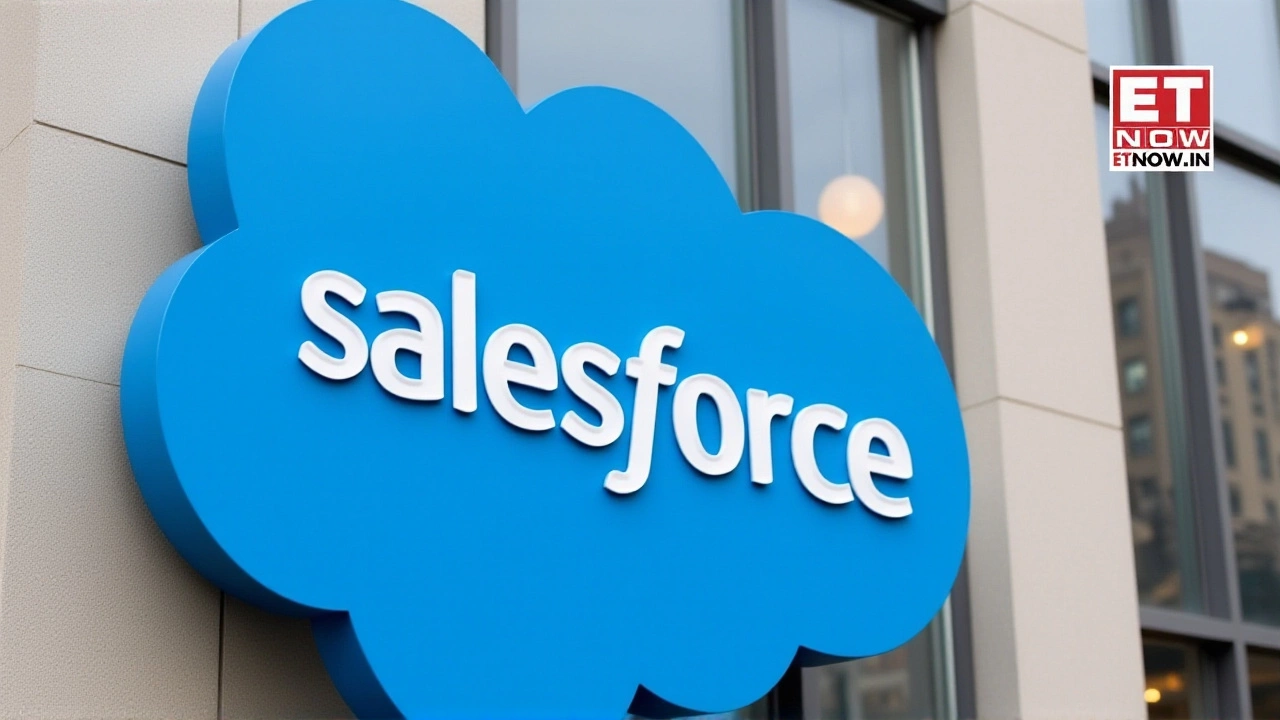Salesforce Cuts 1,000 Jobs to Fuel AI‑First Agentforce Hiring Surge
Salesforce cuts over 1,000 jobs in early 2025 to fund a hiring surge for its AI Agentforce platform, sparking debate ahead of Dreamforce.
Continue ReadingWhen we talk about layoffs, the sudden reduction of staff by a company, often driven by financial pressure or strategic change. Also known as downsizing, layoffs can reshape a business overnight. They don’t happen in a vacuum; they directly touch the Job Market, the pool of available positions and the demand for talent across sectors.employment landscape. In practice, a single wave of layoffs can trigger hiring freezes, salary negotiations, and a surge in resume traffic. This opening paragraph sets the stage for the stories below that illustrate how layoffs intersect with broader economic forces.
Most layoffs are not random; they are the outcome of Corporate Restructuring, the process of reorganizing a company’s operations, assets, or workforce to improve efficiency or shift strategy. When a firm decides to merge departments, outsource functions, or launch a new product line, it often trims staff to align costs with new goals. This relationship creates a clear semantic triple: Corporate Restructuring → leads to → layoffs. At the same time, an Economic Downturn, a period of reduced economic activity marked by lower consumer spending and tighter credit amplifies the pressure. During a downturn, revenue drops and investors demand tighter margins, prompting leaders to cut payroll. Hence, we see another triple: Economic Downturn → triggers → layoffs. The combined effect of these forces reshapes the job market, pushes competitors to recruit talent, and forces workers to pivot careers.
Beyond the immediate cutbacks, layoffs generate a secondary wave of Unemployment, the state of being without a job while actively seeking work. When large firms in tech, manufacturing, or services announce layoffs, unemployment rates climb and government agencies adjust policies. This creates the triple: Layoffs → increase → unemployment. The rise in unemployment feeds back into the job market, lowering the average salary bar and increasing competition for open positions. It also spurs upskilling initiatives, as displaced workers seek new qualifications to stay relevant. The articles you’ll find below explore real examples—from tech giants cutting staff after a stock surge, to regional businesses reacting to policy changes—showing how each entity interacts in a real‑world context. By understanding these connections, you’ll be better prepared to navigate career shifts, anticipate industry trends, and make informed decisions about your professional future.

Salesforce cuts over 1,000 jobs in early 2025 to fund a hiring surge for its AI Agentforce platform, sparking debate ahead of Dreamforce.
Continue Reading